Corsican Heritage: The Convent of Alesani
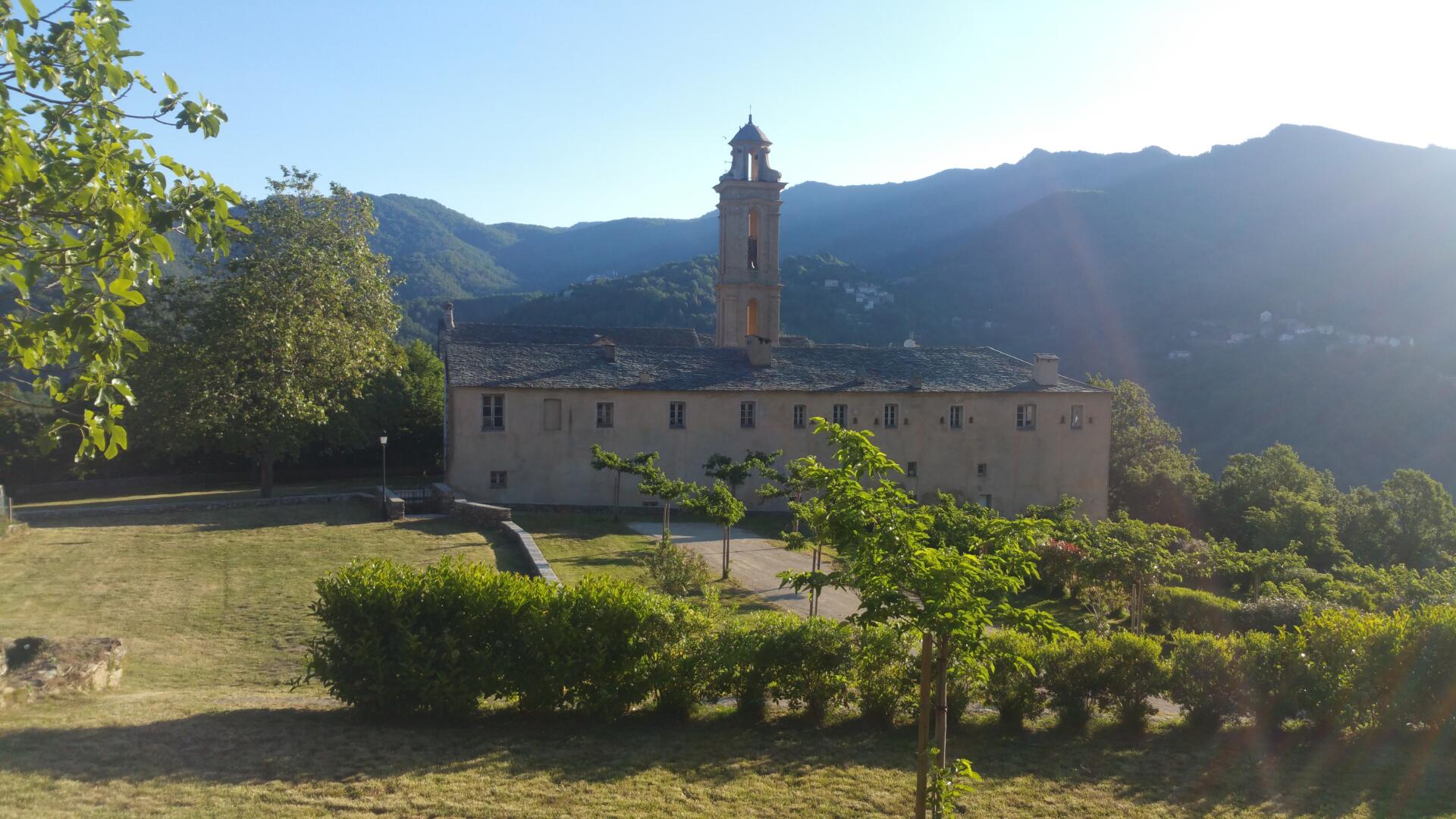
Note from the editor : This article is an English translation/adaptation of something I wrote a few months ago in Italian, called “I luoghi che hanno fatto la storia della Corsica: il Convento d’Alesani”, for the website Corsica Oggi. I wanted to share it in English with you here; but if you want to try out your Italian skills, you may find the original article by following this link.
There are so many places throughout Corsica that deserve to be the very first subject of our long -yet only beginning- journey discovering Corsica’s architectural heritage. Choosing one is so difficult. So I did what, I think, everybody out there would have done wearing my shoes: I decided to talk about my home. Talk about the lands where I was born and raised. So here we are in the valley of the Alesani, a mountainous small region in the North-East of the island.
Heading to the Convent of Alesani, Castagniccia
The “Pieve” of Alesani (ed: Alisgiani in Corsican) is a beautiful, wild and quiet place in Corsica. Surrounded by mountains, Alesani is one of those known as the region of “Castagniccia”. Please (yes, I am begging you) take away from your mind what you may have read on Wikipedia. The author claims that Alesani is not “really” part of the Castagniccia, which is inaccurate. Yes, it is. From a historical, social, and natural point of view. The chestnut tree that gave its name to the Castagniccia is everywhere, chestnut flour producers are still very active. And as you may guess, respect for our identity is very important for us. So, when you come back from Corsica, having visited the Alesani, you will be strongly encouraged to say that you have been to Castagniccia.
Reaching the heart of Alesani might be a little rough for those who are not accustomed to driving on tortuous roads. They have been enlarged lately though. However, the approximative ten kilometers you will have to drive between Cervioni and Ortale (following road number D71), the first village of Alesani, will give you a wonderful and vertiginous point of view. While you can still see the Thyrenean sea behind you, high mountains appear. Down the road is the Alesani’s dam, which is used to provide water to the numerous citrus fields of the Eastern coast. Following the D71 and switching to the D17 when arriving in Valle d’Alesani will lead you, after only a few minutes, to the Convent of Alesani. Surrounded by the nine villages, the Convent is the heart and soul of the valley.
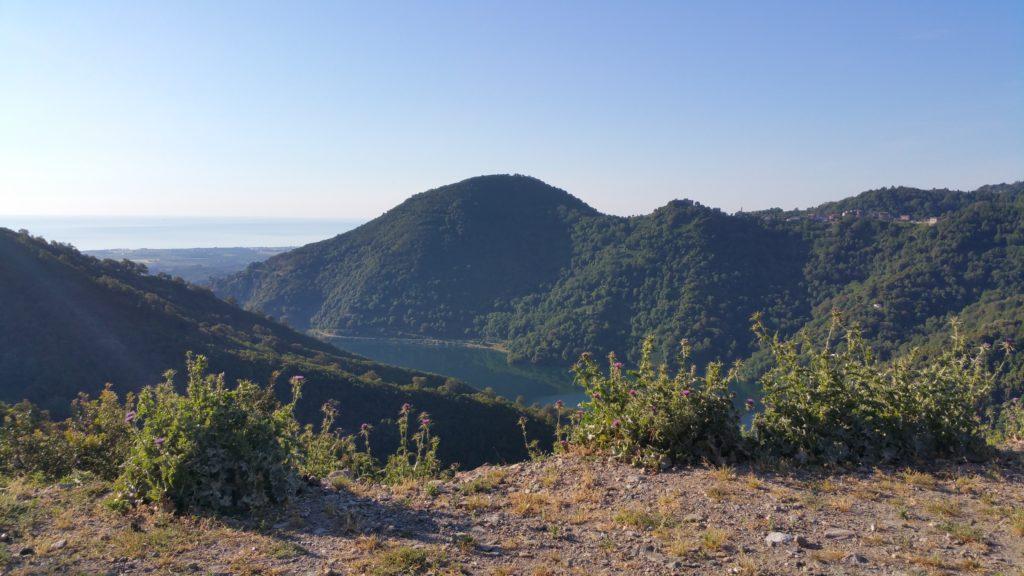
A little bit of history
The Convent is known for being settled here since the XVIth century. However, various historical documents suggest that the original building was erected during the XIIth century by the Franciscan monks, in a place situated just a few hundred meters lower. In today’s cadastral map, there is still a place called “Cunventu Vechju”: Old Convent. According to those documents, the building had been “moved” between 1357 and 1587. One of the reasons could be the “Giovanalli Case”. The small community of the Giovanalli, which first appeared in South Corsica, was declared a group of heretics by Pope Innocent IV in 1354. In 1364-1366, an alliance of local lords slaughtered them, by order of Pope Urban V: back then, the Giovanalli were occupying the Convent.
The second hypothesis concerning the displacement is what we call the “Miracle of the Virgin”. It is said that Friar Pietro da Brieta, after surviving three nights during which he was attacked by demons, was saved by his prayers to a painting of the Virgin. It can be considered that with that miracle, the influx of people in Alesani was always greater. As well as the need to find a more suitable place for the Convent.
But the question of the painting goes beyond the case of displacement. “La Vierge à la Cerise” (literally “the Virgin with the cherry”) is a fifteenth-century painting assigned to the famous painter from Siena, Sano Di Pietro (1406-1481). The painting is not recognized as such in a formal way. But the style, the technique as well as the dating concord. The painting, truly sumptuous for a place that is secondary to the wealth of art in the Mediterranean area at that time, is the jewel of Alesani. It is kept in the Aleria Museum. It can only be seen in Alesani every 8 September – Nativity of the Blessed Virgin Mary -, a day of great celebrations throughout the island. In Alesani in particular.
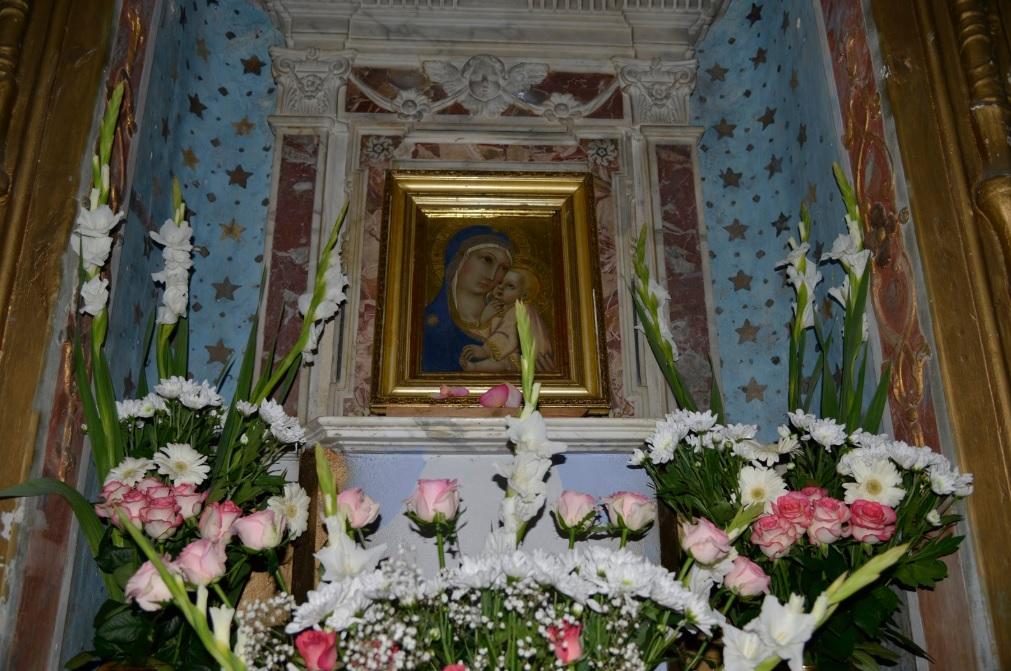
There are many and many other things to say about the Convent. But talking about everything may take too long for one article like this one. If you understand a little French, you will find a lot of information on the official website www.couvent-alesani.jimdo.com (the previous .fr site is no longer active). It goes from that miracle to the fall of the bell tower in 1943 (rebuilt in 1994). You can also learn about its abandonment during the Revolution and the return of the residents, mostly immigrants from Italy.
We close this historical part by talking about something we can not ignore: the coronation of King Theodore the First. Theodore of Neuhoff (1694-1756), a man from the bourgeoisie in Koln (Germany), later in the service of France, Sweden, England, and others… He meets in Livorno, around 1735, some Corsican rebels who tell Theodore that there is a great desire on the island -but still unattainable- for independence. Theodore is the type of man who always seeks a reason to shine, to become someone in Europe. He concludes an agreement: he will give Corsica the financial and military means to fulfill its dream of freedom. In return, he asks for something simple and clear: he will be the king of Corsica.
And so, after having landed in Corsica in 1736, bringing with him some means but above all, a hope for a whole land, Theodore of Neuhoff becomes Theodore I, on 13 April 1736, in the Convent of Alesani. His reign was short (9 months), and his end was less than glorious. But he is still the only king that Corsica has had: after leaving Corsica to ask for help throughout Europe, he never returned, and the whole story we know with Pasquale Paoli will happen, making the Virgin Mary the Reggina of Corsica for eternity.
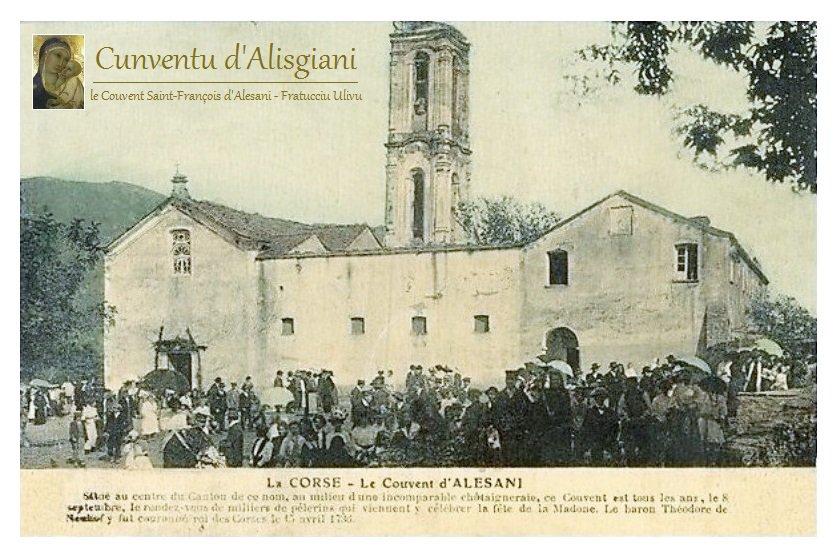
So we have a miracle, a crowning, and a painting of great value. Everything gathered in the center of a church linked to the social history of Corsica: back then the villages were densely populated, the chestnut tree the central point of the economy. The Convent of Alesani is indeed a special place. It has a soul.
The Convent of Alesani today: the heart of the valley
This once-neglected convent has been recently renovated. It became in a certain way the heart that binds the nine villages of the Alesani. Between 2003 and 2014, a lot of work gave the Convent a new impetus. Now we wait for the last phase of renovation to rebuild the west wing, which was destroyed by the crawl of the bell tower in 1943. [2023 update] The renovation is about to begin! Plans have been made and it should take about two years for the work to be done. It concerns the rebuilding of the West wing and the renovation of the South wing.
Today it is a truly wonderful, calm place. A great spot to stop by when you visit the Alesani. If you look for a place in the middle of the day for a little rest, and time to find yourself, it is perfect. Perhaps you will not find anything spectacular inside the church (Baroque type, like almost all the churches in the north of the island). As often in Corsica, compared to Italy, churches are quite poor in terms of the materials used.
But beyond the fact that seven classified objects can be found inside the church, it is the atmosphere that prevails. It is the special feeling that is revealed when anyone discovers an old place marked by history. All this becomes even more special and fascinating every September 8th with the religious celebrations that are always greatly followed here.
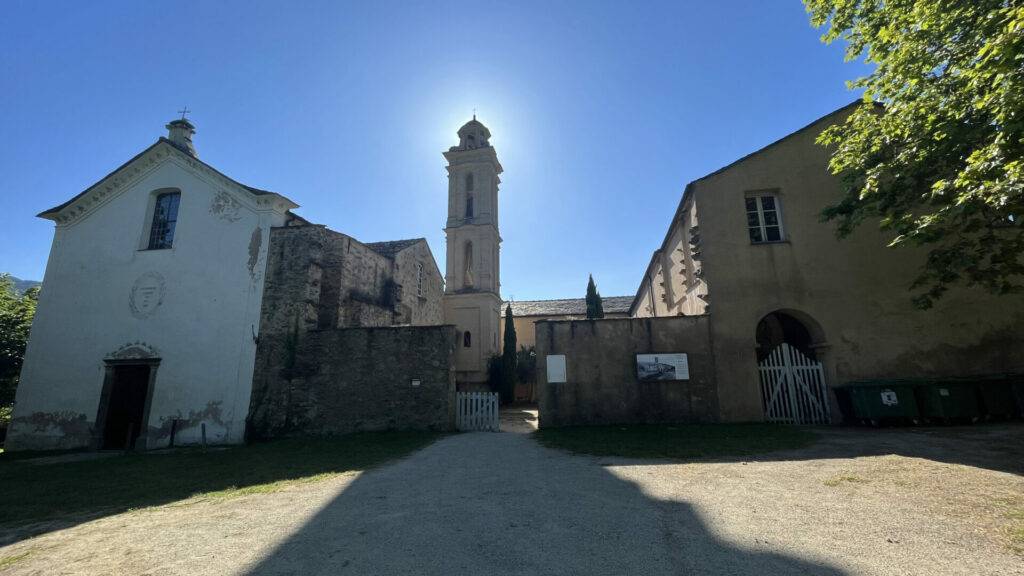
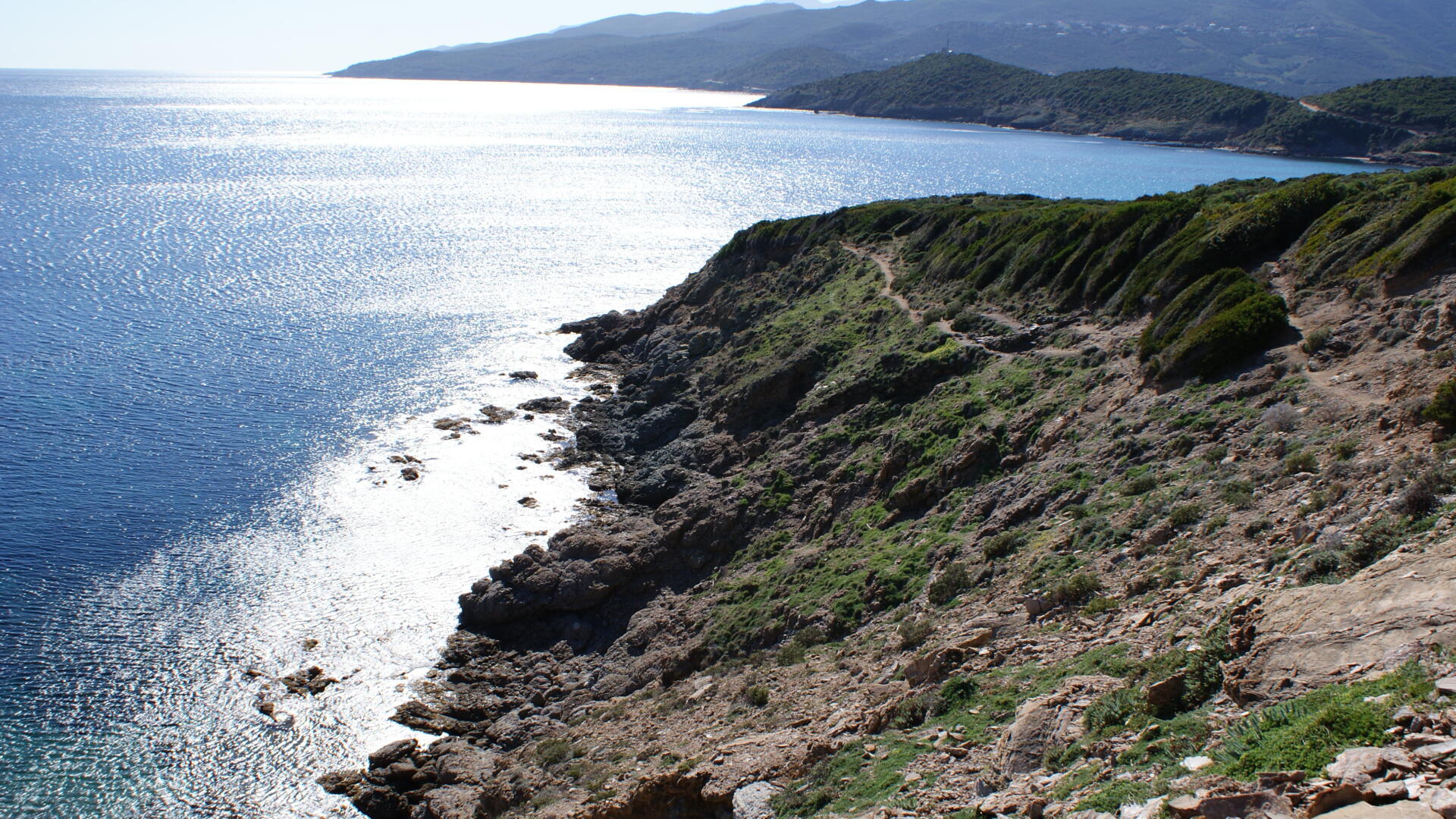
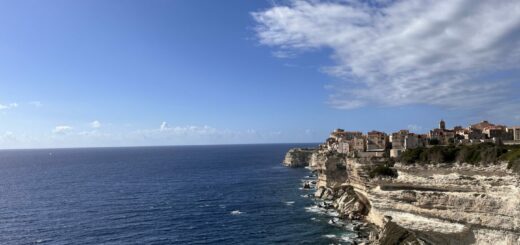
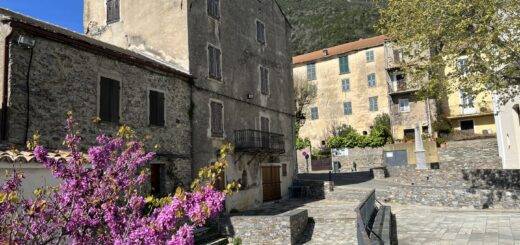
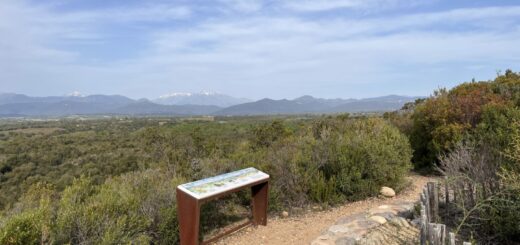




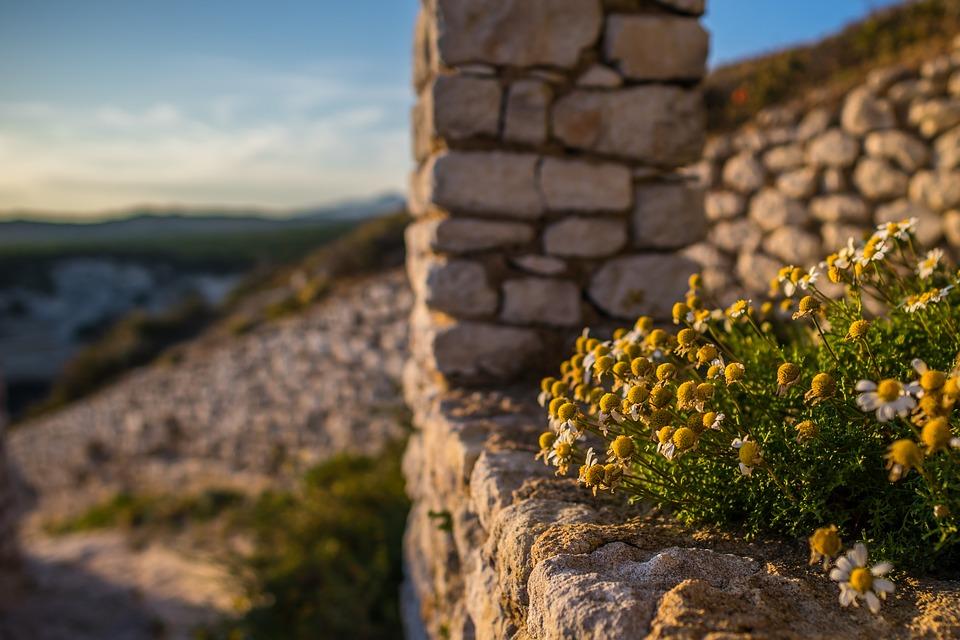
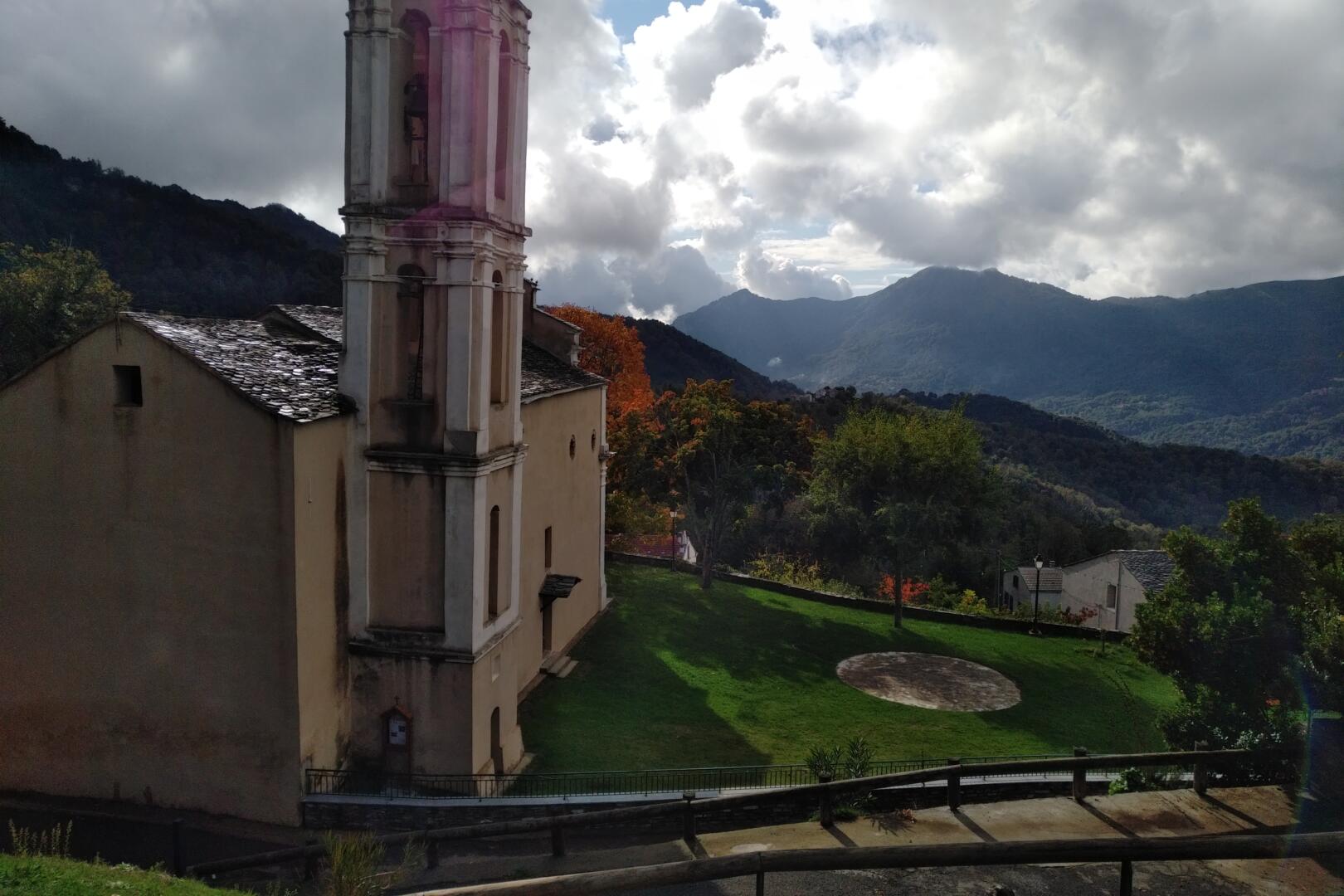
1 Response
[…] for its history. This is where our first and only king ruled the island during his brief reign (we talked about him in this article about the Convent of Alesani). Cervioni is also a village with a strong identity, its people are deeply attached to their […]